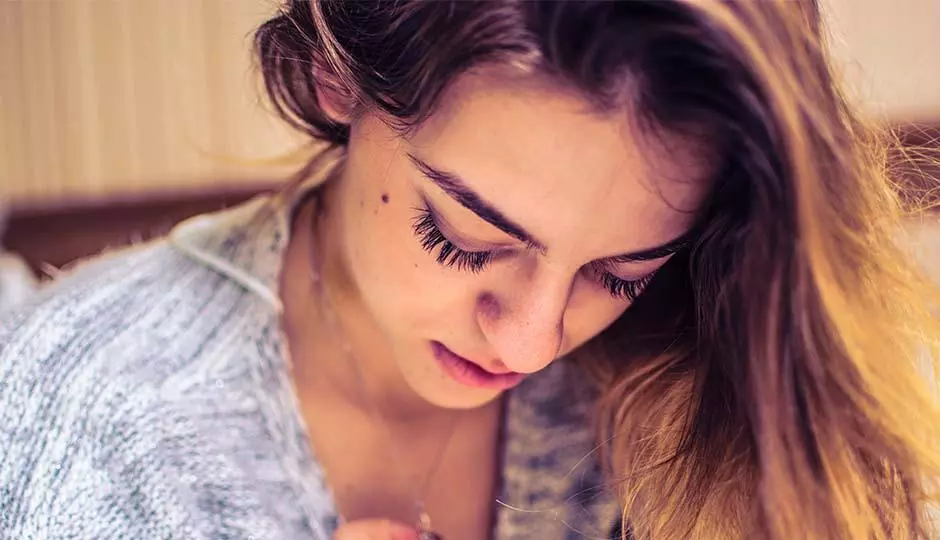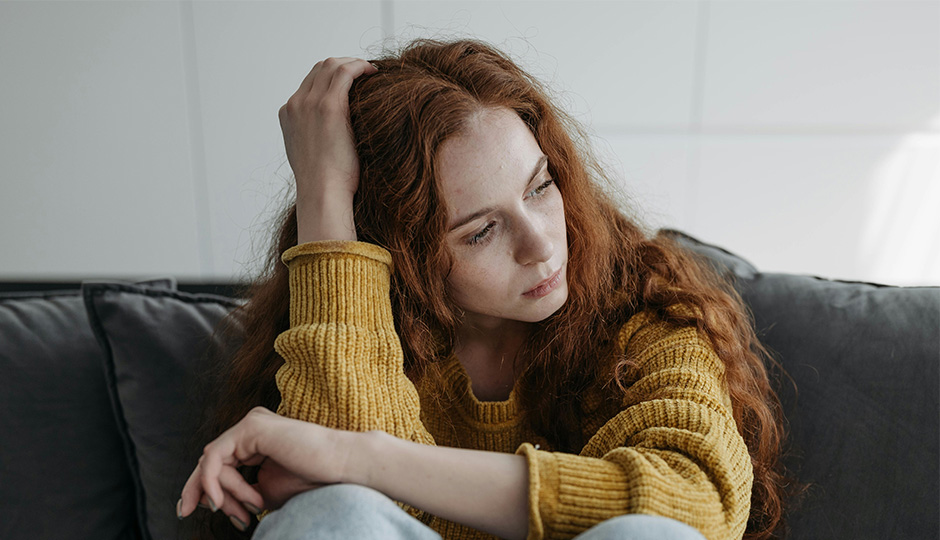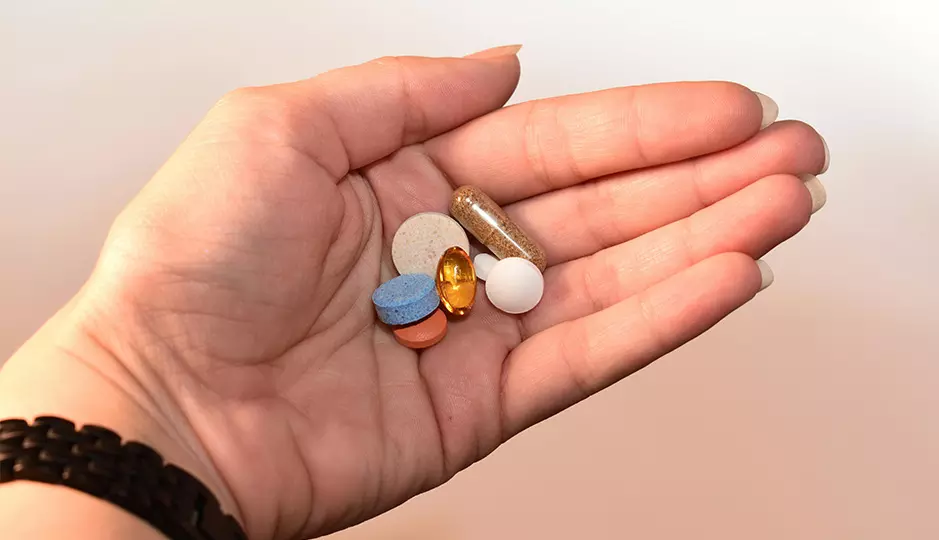If you're having a baby or you already started a family, you may be aware that you may go through postpartum hair loss. However, there are some things that can be done to help your hair grow back, giving you more confidence in the way you look and feel after your pregnancy. Learn more about postpartum hair loss -- and what you can do about it.
Postpartum hair loss
Telogen effluvium
During pregnancy, the rise in estrogen and other hormones in the body cause a woman's hair to become fuller and thicker. In the months after giving birth, 40% to 50% of women experience temporary hair loss, which is clinically known as Telogen effluvium. What's happening is that you keep most of your hair when you're pregnant, and after giving birth you shed that extra hair so that your head of hair returns to the same state it was in before you were pregnant. This type of hair loss is normal, and usually your hair will be back to its regular thickness and fullness within six months to a year.
Three phases of hair growth
There are three phases of the hair growth cycle: the anagen (active) phase, catagen (transitional) phase, and telogen (resting) phase. Typically, 90% of the hair on a person's head is going through the growth phase while 10% is in the resting phase. During pregnancy, your hair experiences an extended growth phase. In other words, rather than losing hair every 100 days or so, which is what normally happens, you keep most of your hair and it continues to grow. The resting period occurs around two-to-four months after you give birth, and that is when women start shedding their extra "pregnancy hair." This period usually ends somewhere within six months of giving birth, but in a few cases it can last up to a year.
Postpartum hair loss: What you can do
Watch your nutrition
By eating an abundance of lean proteins and colorful vegetables after having your baby, you can actually improve your hair health with diet. You'll want to eat lots of dark, leafy greens for vitamin D, as well as foods that are rich in carotene such as sweet potato and carrots. In addition, eating fish can provide you with a good supply of omega-3s and magnesium, and consuming eggs and dairy will help boost your Vitamin D levels during the months following your delivery.
Avoid over-working your hair
Following the birth of your baby, be easy on your hair. Avoid tugging at it with brushes, don't pull it back tightly in ponytails, barrettes, or corn rows, and don't use a blow dryer as frequently. Also, avoid curling irons and flat irons, which further subject your hair to high temperatures. In other words, while your hair is transitioning back to the way it was before you were pregnant, stick with a simplified grooming and styling routine that requires little handling.
Vitamins
In addition to eating nutritiously, vitamin supplements can help your hair look healthier and fuller while the extra pregnancy hair is falling out. To keep receiving their nutrients after giving birth, many women continue taking their prenatal vitamins for several months after the baby is born. Consult with your doctor to see what type of vitamin supplements are best for you.
Topical hair loss solutions at LH Hair
At LH Hair, we're experts in trichology, the field of dermatology which specializes in the scalp and follicles. We are proud to offer the Capilia Head First Program. The Capilia Head First Program helps texture, color improvement, regrowth, and overall scalp health.
We invite you to meet with our team for a complimentary hair and scalp analysis. We will analyze your scalp health and provide a recommendation for solutions that can help you with your hair loss. We offer state-of-the-art hair replacement systems that provide seamless coverage, giving your hair a totally natural look.
To make an appointment for your complimentary analysis, contact us today.



